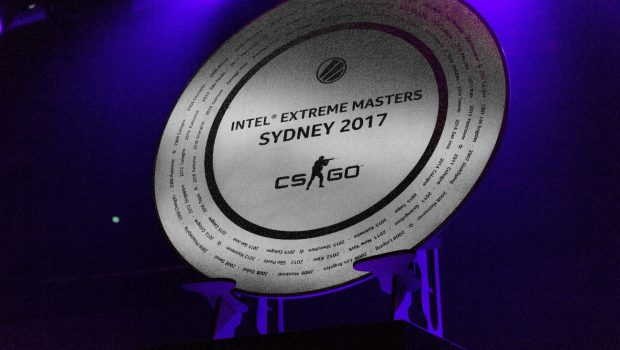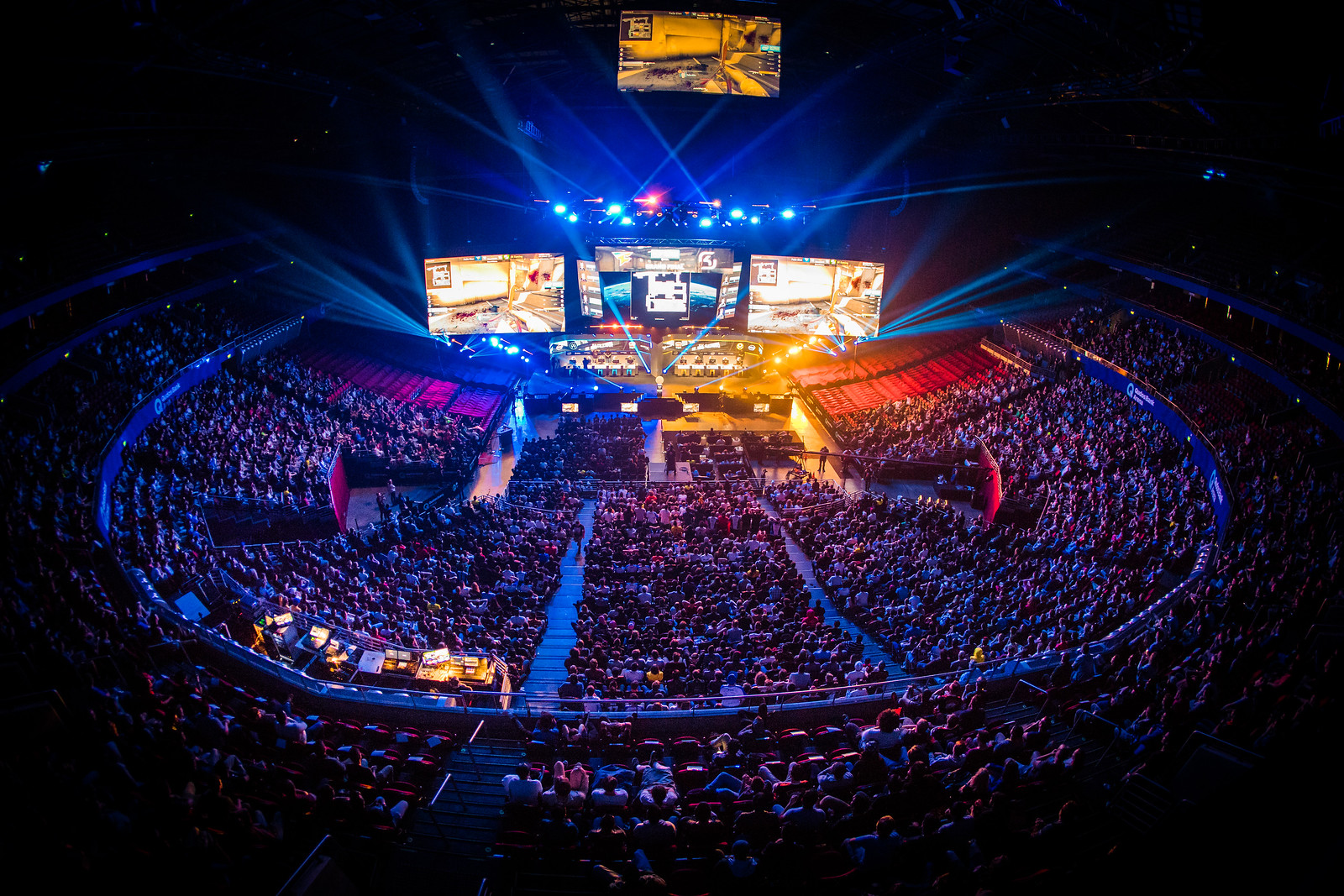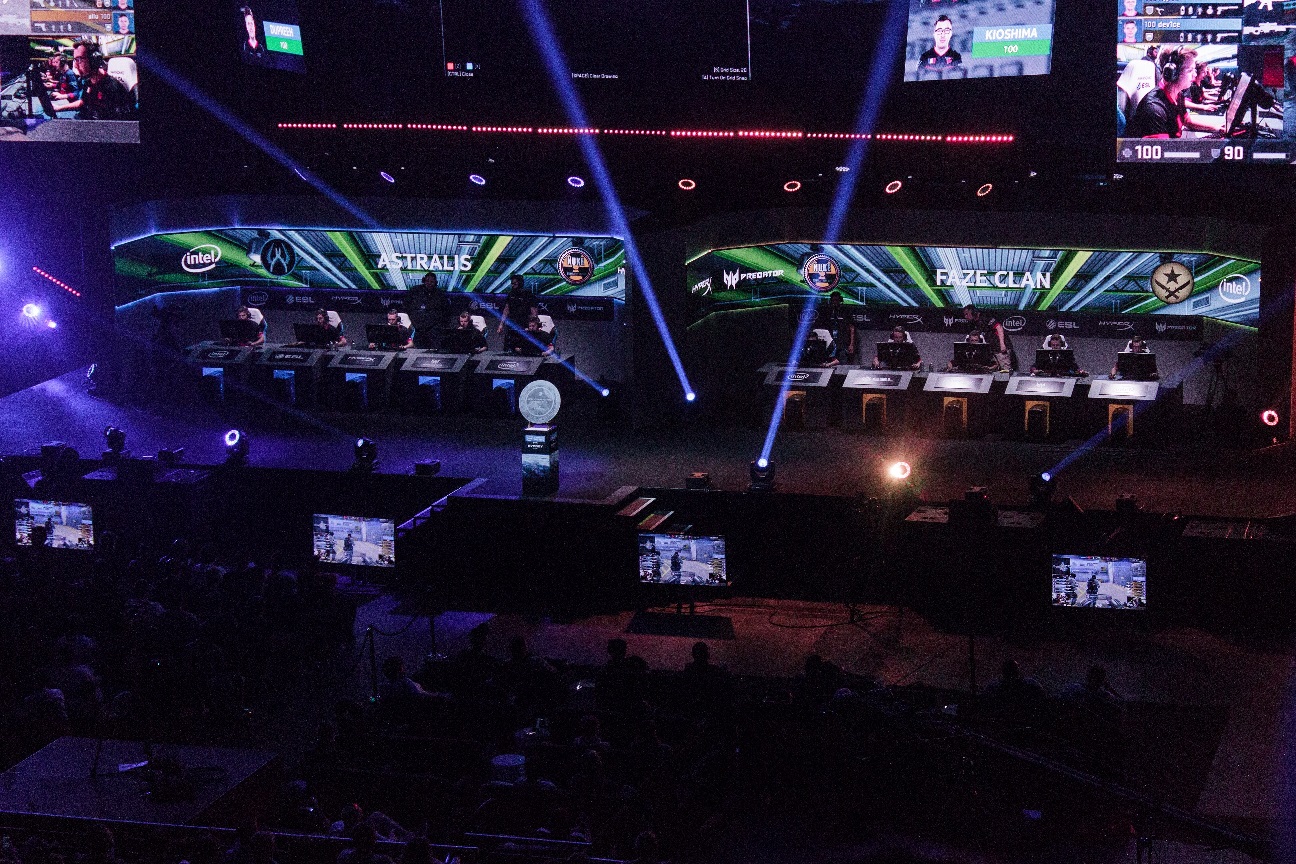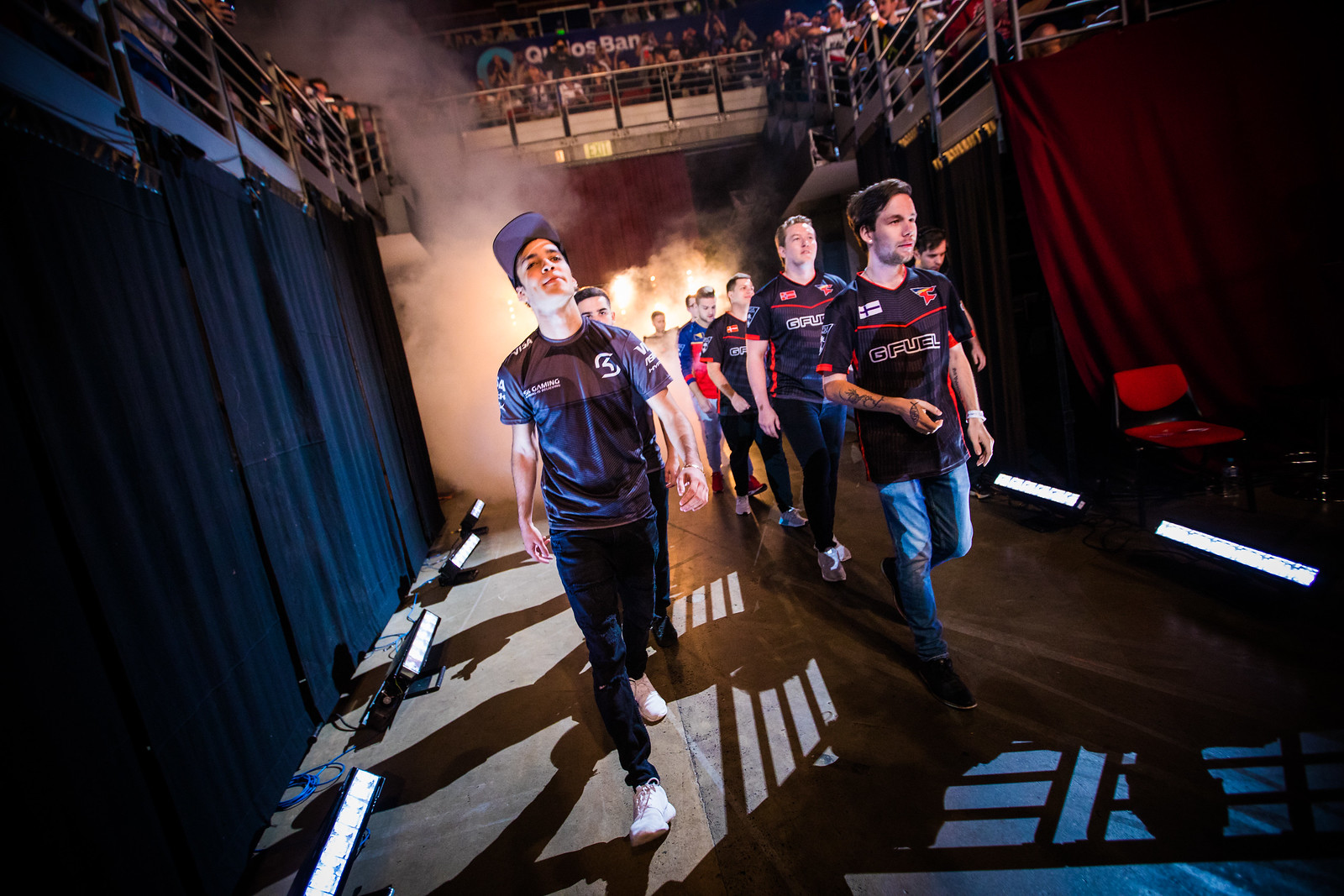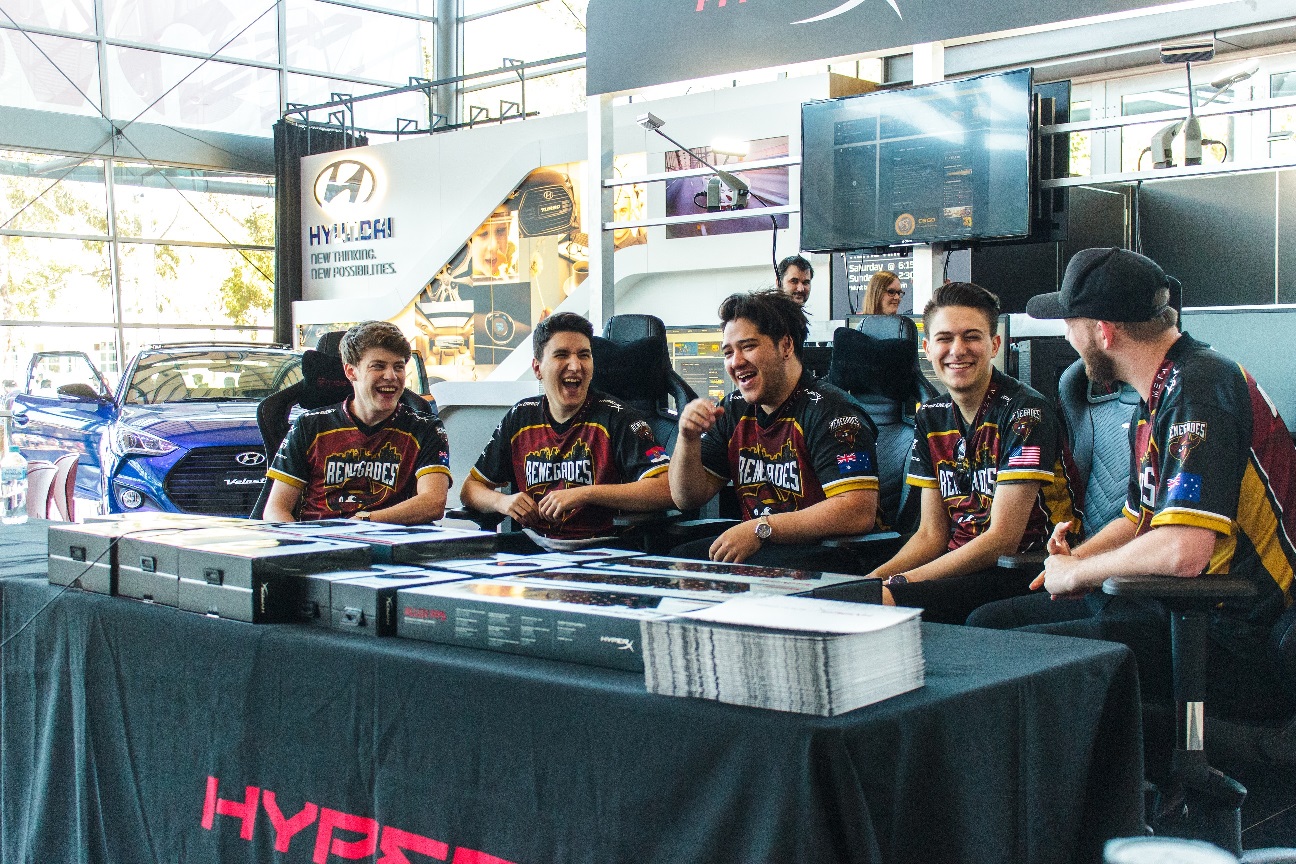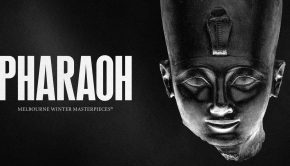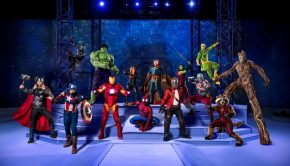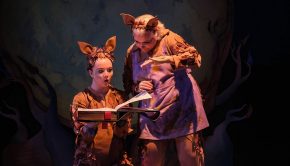IEM Sydney 2017
Sometime after 2pm, as Brazilian team and eventual tournament winners SK Gaming were routing North America’s Optic Gaming in their semi-final clash, I found myself standing backstage. Here, standing beside HenryG and Sadokist as they casted the Overpass match, I watched the crowd through a slit in the curtain. Even without an Australian team in the finals, the crowd were animated, enthusiastic, and more than a little rowdy.
Moments earlier, Intel Global Esport and Marketing Manager George Woo gave our behind-the-scenes tour group a poignant quote: “It’s about the community,” he said. “Without the community, we’re nothing.” And as I watched the crowd through that tiny slit in the curtain, saw the signs go up and the beers go down, it really did seem true: the Australian crowd helped make IEM Sydney 2017 an amazing event.
With such an emphasis on the people, it seems like an event that hinges upon the anecdote to communicate its success. That seven thousand people sat in the arena to watch SK Gaming and Faze Clan duke it out for the trophy is an impressive statistic, but it doesn’t compare to, say, being a part of the chants of “Henry’s a wanker” that took place during Australia-England exhibition match dubbed “The Caches”. It can’t capture the sensation that a young fan had when we walked past the Astralis lineup, just before he squealed, with the same kind of enthusiasm I might expect from a young girl seeing her favourite boyband star, the name of his favourite player: “dupreeeeeeeeh!”. It isn’t as memorable as my mate Clarence asking to borrow a Chiefs varsity jacket off two guys in the hall so he can check the sizing, before later realising that the two men were Alistair and Malta—players on the actual Chiefs team. Seven thousand people sat in that stadium and watched SK Gaming take home the trophy, but it’s the seven thousand people’s anecdotes that ensure IEM Sydney is an event they will return to, year after year.
What George Woo didn’t mention—at least until our meeting later on the Sunday—was how important something like IEM was to building that community. IEM Sydney galvanised one group of Counter-Strike: Global Offensive players from disparate parts of the country to come together; I spent the weekend with 11 people I know only through CSGO, who travelled from places like Perth, Werribee, Central Coast, and Maroochydore, all brought together by a shared love of the game. This is an anecdote I know that others share: I saw several of my students at IEM, having that same experience—meeting up with friends from across the country, united by a desire to watch world-class Counter-Strike and have a weekend-long party.
Earlier in the week, I watched some of the group stage matches on Twitch. Unsurprisingly, but still disappointingly, the chat was often full of garbage—particularly when the ads starring women pro-gamers were played. Thankfully, the actual IEM event seemed to overcome the terrible toxicity of the internet; the space seemed generally inclusive to people of all types (though I’m a bit dubious about accessibility for people with physical, mobility-impairing disabilities). The gender distribution of guests was still male-dominated, but not exclusively so—and basically every booth, stall, or role at the venue had a balance of genders in their staffing.
All three panellists—George Woo, accompanied by ESL CEO Ralf Riechert and Intel’s General Manager of Virtual Reality Frank Soqui—when speaking about the future of esports Saturday morning, cited the need for a more inclusive audience if esports and events like IEM intend to grow and establish legitimacy. The audience can’t grow beyond the niche “male gamer” audience if the space excludes everything other than that, after all. And while each speaker noted that change takes time—they weren’t shy to suggest it could take 10+ years before esports fans and professionals are as diverse an audience as those who play games in general—I think that IEM Sydney has made a strong starting mark.
The road ahead seems promising: for IEM Sydney to return for another year, for IEM and esports to grow in legitimacy and diversity, and—hopefully sometime soon—for an Australian esports team to make it to the finals.

